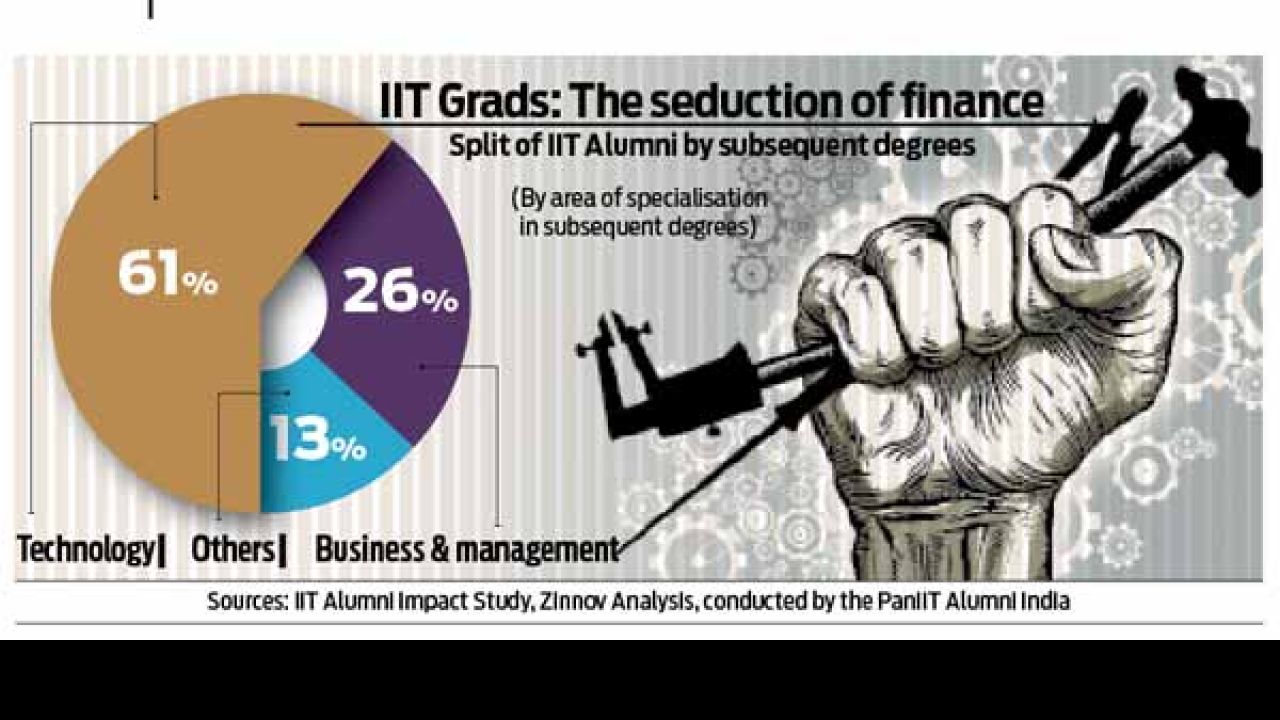
The “Make in India” statement is slowly but firmly being implemented through a variety of ways — both through declarations and policy modification.
The first few changes in labour law that almost every Indian entrepreneur was clamouring for are now past the crafting stage, and are likely to be pushed through as legislative reforms very soon.
And it is about time as well. (http://www.dnaindia.com/analysis/column-policy-watch-nuts-and-bolts-of-success-2025503). That is true especially for a country like India, where at least 13 million people must be provided employment each year. Slip up on these numbers, and the backlog comes back to you with a vengeance, along with another 13 million people clamouring for jobs the following year.The easiest jobs to fill are always those which do not require skills of any great measure. India has a surplus of that type.
Paucity of skills
But when it comes to skilled workers — of any kind — the pool of available ‘recruit-able’ manpower is shrinking rapidly. That should be surprising for a country like India which is abundantly endowed with numbers of people. But the fact is that good skills are hard to find. The government has allowed its skill certification standards to crumble on the one hand, and has allowed its training institutes to drift into decay on the other (http://www.dnaindia.com/money/report-policy-watch-stress-on-numbers-rather-than-quality-makes-education-outlays-flawed-1946086). Today, almost every government-owned industrial training centre (commonly known as ITIs) is in need of a sponsor who can bring it back on track.
When it comes to graduates, the situation is far worse. Both Nasscom and the CII estimate that the actual number of employable graduates might not exceed the 20% limit.
There is another problem. When it comes to employable graduates, the finance sector often holds out the maximum appeal. Jobs with banks, mutual funds, investment managers and the like are usually the first choice for many a bright student who has just entered the job market. A job with great brands would be the next bet — Google, Amazon, Pepsi, Coca Cola, Bayer and Samsung are good examples. Then would come jobs of all kinds, including jobs with manufacturing companies which may not be global brands.
And this is not confined to the average bright student. Even the best brains in India — some of them gain admission to the prestigious Indian Institutes of Technology (IITs) — are also known to succumb to the seduction that finance companies hold out for them. So, even though they have studied technology and engineering, and have benefitted from the (subsidised) courses offered by some of the best institutes in the country, they opt to join the ranks of money-makers, money-changers and money-merchants once they complete their graduation.

Finance seduces the best
This was quite evident in a survey conducted by the PanIIT Alumni India in December 2008. It showed that at least 26% of IIT graduates moved over to the business and management sectors, though this number could be higher if one includes the 13% who opted for “other” jobs that were not related to engineering or technology.
If one goes by anecdotal data, the percentage share of IIT and other engineering students opting for finance jobs could be significantly higher.
This does not mean that the IIT graduates who opted for finance are in the wrong. They decided the way talent decides anywhere in the world. If the money, perquisites and lifestyle are better in one type of job than any other, you can be sure that the best talent will drift that way. If you want to wean talent away from a sector, you have two options: either make other jobs become more attractive, or make the finance jobs less attractive. Smart governments do both.
In fact, if one looks around, almost every country that has grown rapidly during the past two decades has done precisely that. Some countries happen to do both quite well. There are countries like Germany, that have been doing this for decades. In that country, finance sector jobs do not command the respect and the perks that manufacturing jobs usually offer.
But Germany has an advantage in being able to do this. Managements of most German companies have representation of labour unions on their board of directors. These representatives ensure that salaries for manufacturing jobs do not become less attractive because of stupendously high bonuses and incentives dispensed out by the finance sector. They ensure that the government too puts in appropriate legislation from time to time to take care of any income disparities which reduce the appeal of manufacturing firms.
But then you have countries like Japan, Korea and China which have managed to keep the flag of manufacturing high, even though they do not have the German model of labour representation on the boards of their companies. Presumably, governments in these countries carefully frame laws that do not allow their core strengths in manufacturing to get eroded by finance companies. This way they keep the best talent with manufacturing.
India too will have to work out its own set of incentives and disincentives to achieve similar results.
Three prerequisites
At the same time, the government will have to work on three other fronts:
First, it has to focus on upgrading the quality of education offered at the school level, from where future workers and managers will emerge.
Second, it has to devise strategies to prevent a runaway corporatisation of both education and medicare. Unless it does this, salary expectations of graduates from these privately run engineering, management and medical schools will be disproportionately higher than the paying capacity of most Indians. This could result in tremendous social unrest.
Third, it has to focus on skill development of all kinds — but outside the current government system of certification. That will be the only way to escape the corrosion of standards that government certification has invariably led to in India.
Without these the “Make in India” slogan will remain just that — a slogan, nothing more.
The author is a consulting editor with dna